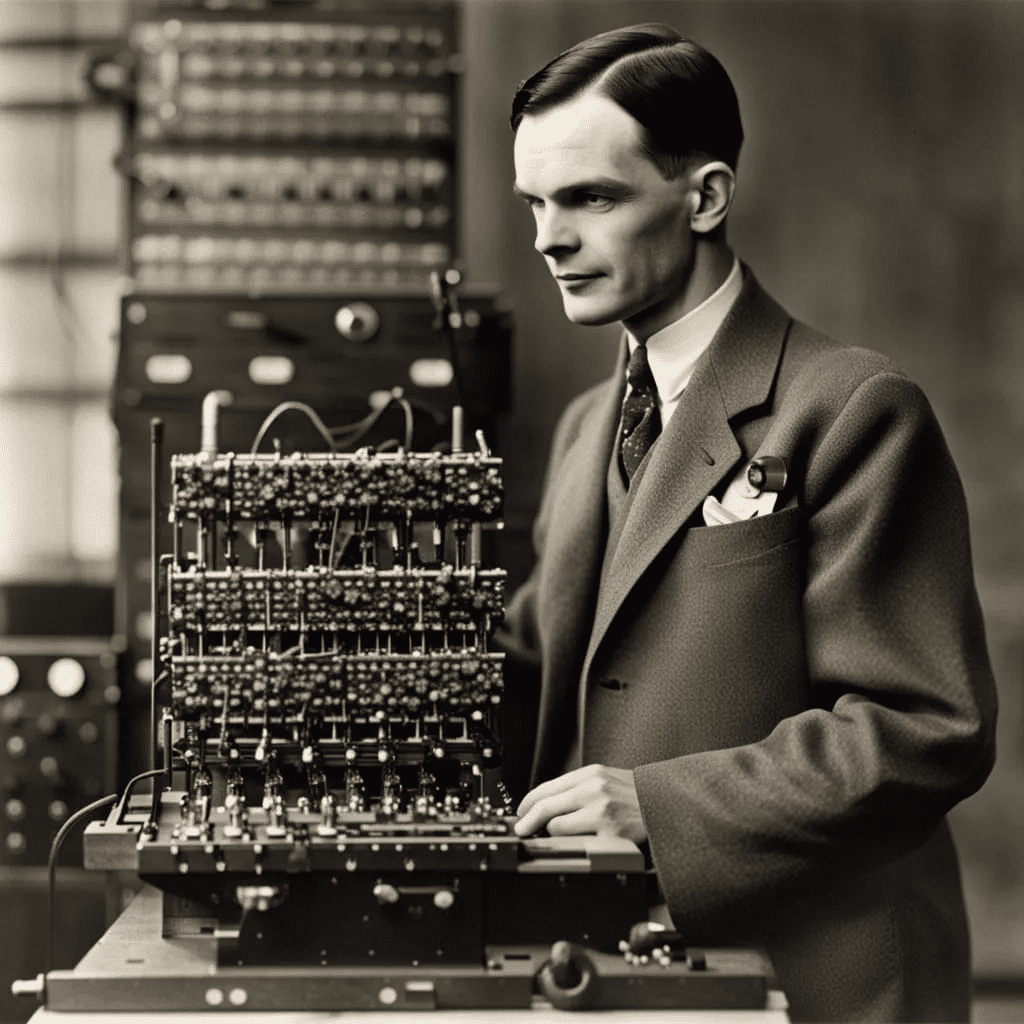This scientist is called the father of the modern computer. He spoke about the possibility of computer intelligence as early as the first half of the 19th century. His talent became known throughout the world during the Second World War. His death became one of the most mysterious events in history. All this information is about the life of an outstanding scientist and the brightest representative of computer science, Alan Turing. How did he succeed in information technology and why did the society of that time despise the scientist? Learn more at london-future.
An ingenious boy
Alan Turing, who was born in London on June 23, 1912, stood out among others from his childhood thanks to his unique abilities. The boy was considered a genius during his studies in elementary school. Even the headmistress recognised his talent and remarkable knowledge, which wasn’t characteristic of his peers. So, Alan Turing showed signs of genius at an early age. The family of the future scientist moved very often. Apparently, for this reason, the boy constantly changed his place of study. In 1926, he entered Sherborne School. However, that institution was focused on classical studies, so Alan’s innate talent for natural sciences and mathematics didn’t arouse the admiration of the teachers. However, the boy continued to realise his own scientific aspirations and ideas. Later, such persistent activity gave him the opportunity to enter one of the best educational institutions. He obtained a scholarship of £80 to study at King’s College, Cambridge. There, he wrote his thesis On the Gaussian error function and successfully completed his master’s course in 1937. In general, his scientific research was positively evaluated by teachers.
Scientist’s career and society’s perception
Alan Turing’s professional career began in September 1938. Then he started working at the Government Code and Cypher School (one of the most important intelligence and security centres). It was the period when mankind lived in anticipation of war and needed genius personalities. Alan Turing made a huge contribution to defeating the enemy during World War II. The scientist became one of the main participants of the organisation at Bletchley Park, which was breaking German ciphers. In particular, Alan Turing worked on cryptanalysis of the Enigma cipher machine. The Germans used it for coded communication. The further development of the Bombe machine helped to win decisive battles. Interestingly, the scientist hid two silver bars in the woods near Bletchley Park before the start of the war, fearing to lose them. However, later, he could not find them because he couldn’t decipher his own code.

In general, Alan Turing’s contribution to IT development is very difficult to underestimate. He worked on the creation of the ACE (Automatic Computing Engine), researched artificial intelligence and developed the famous Turing test in different parts of the world. The scientist’s works remain relevant even in the modern world. At the end of his life, he investigated phenomena in the field of mathematical biology and published a work on morphogenesis. However, despite his success in science and developments that changed the world, society despised Alan Turing because of his homosexual orientation. The scientist was found dead at the age of 41 in his own house in June 1954. A little later, it was established that he died from potassium cyanide poisoning. A bitten apple lay by the bed. This case is also often considered the origin of the well-known Apple brand symbol.